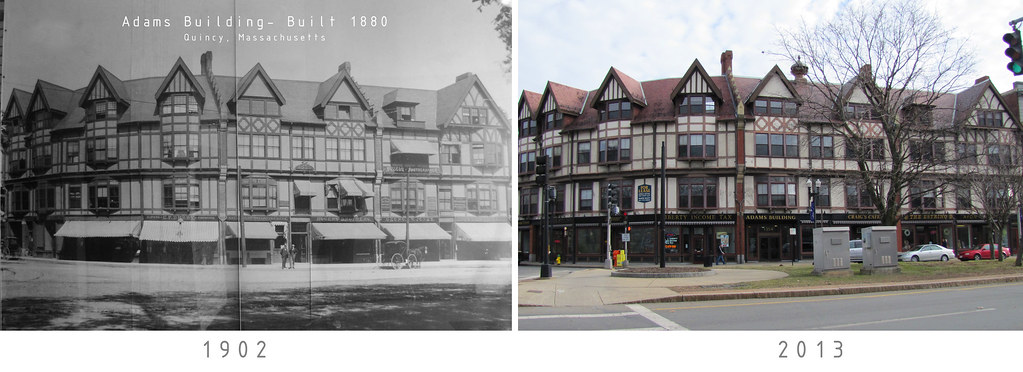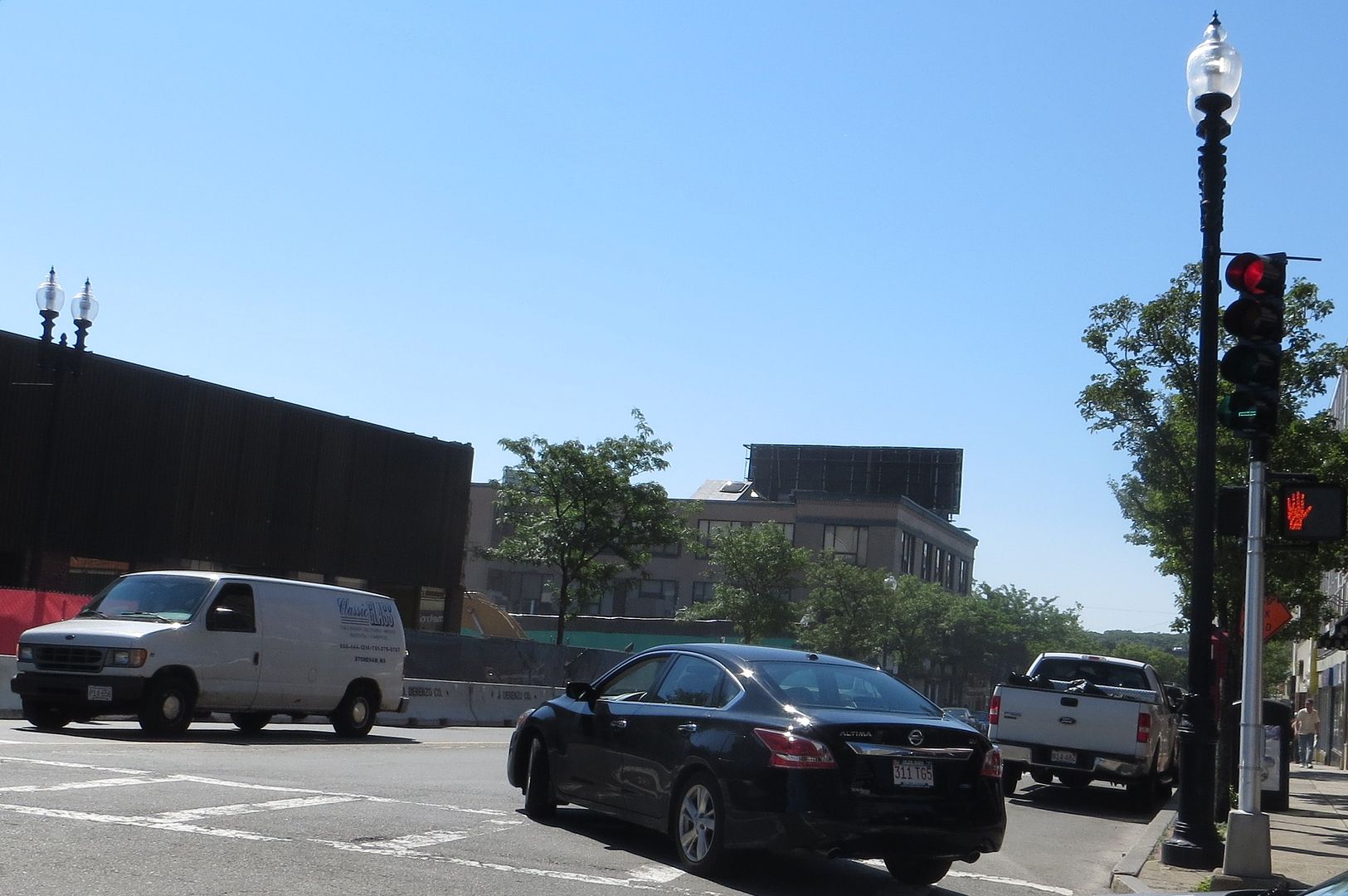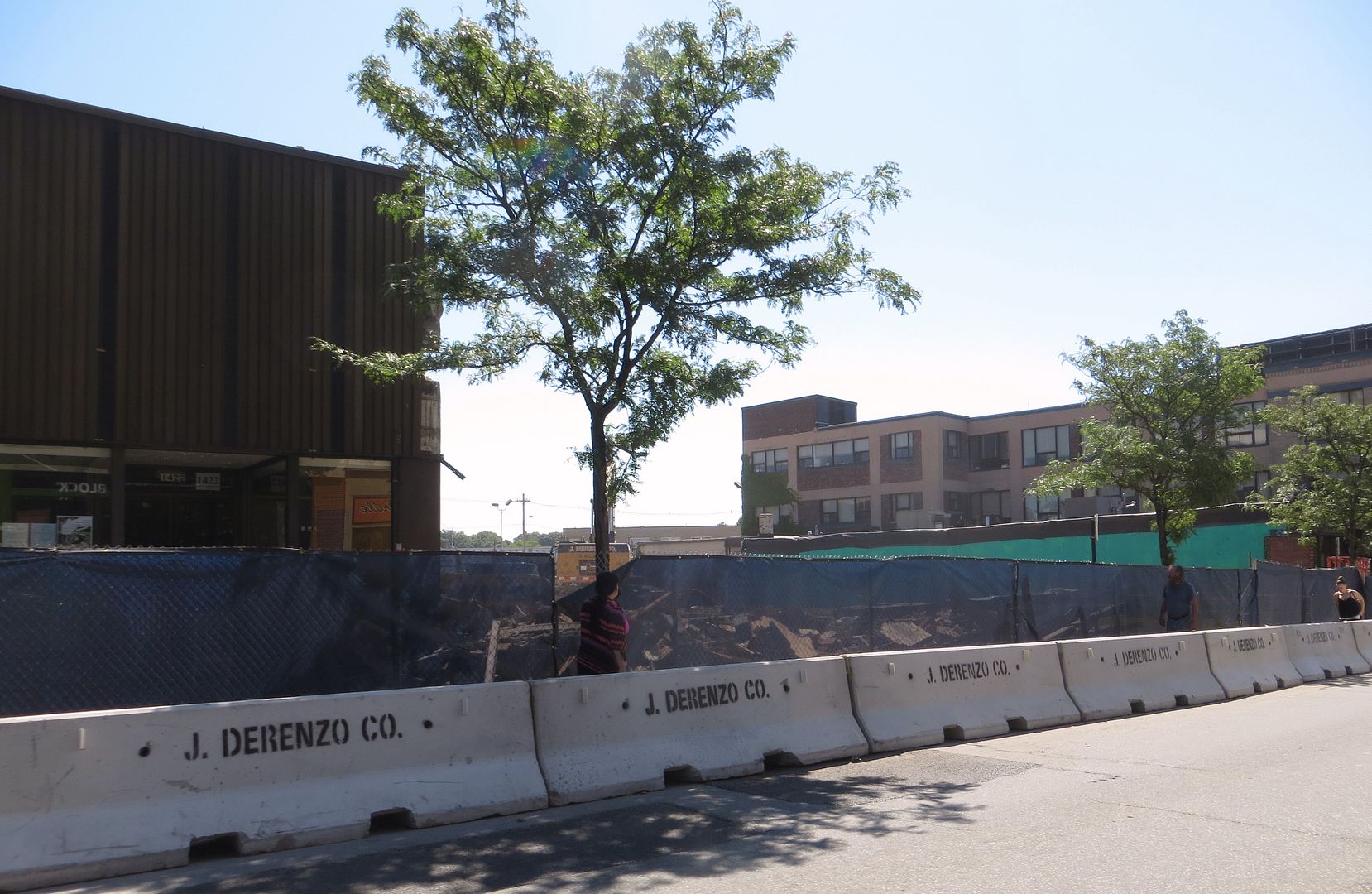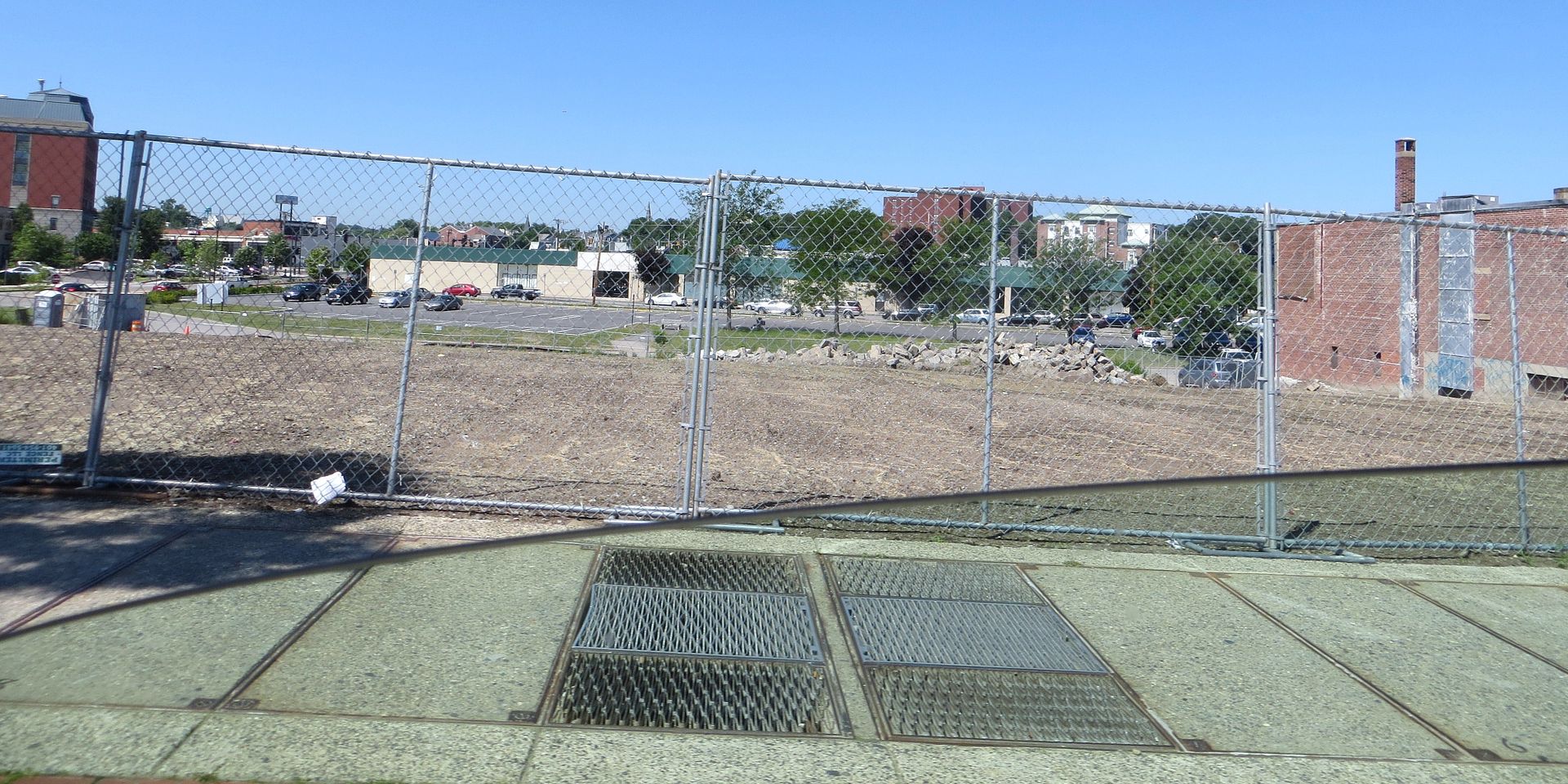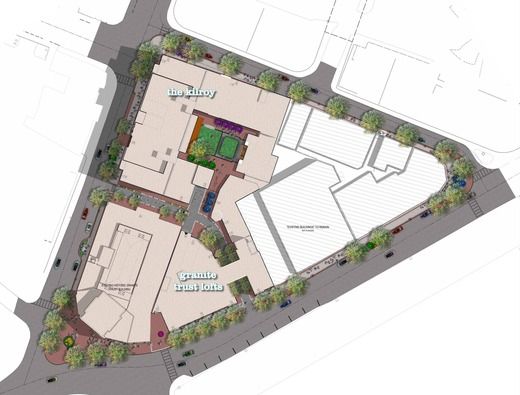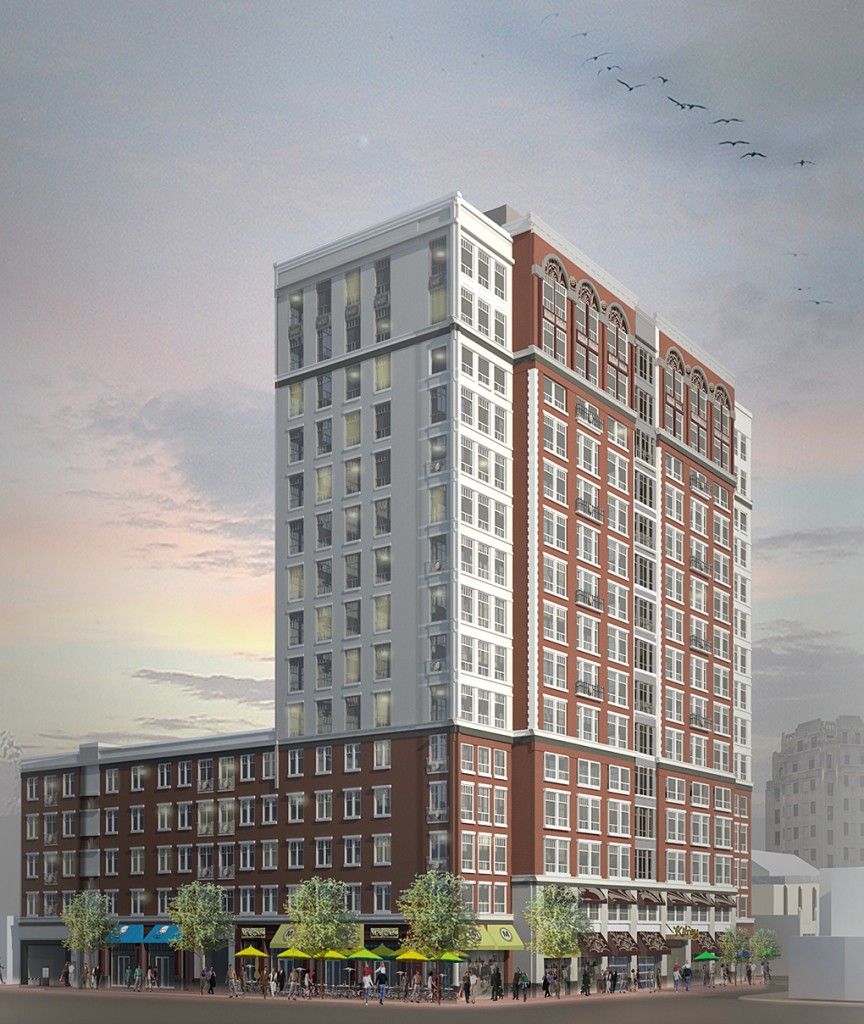Quincy’s $1.6 billion renovation of downtown begins
Project will create a ‘dense and vertical’ downtown
By Casey Ross
| Globe Staff
June 25, 2013
In the annals of downtown redevelopment in Massachusetts, the city of Quincy is striking a dramatically different tone.
A $1.6 billion rebuilding effort that officially began Monday features towering structures that are seldom seen in communities outside Boston. In addition to traditional storefronts and commercial offices, those buildings are designed to bring hundreds of new residents into Quincy Center — a place developers hope will stand on its own as exciting city destination.
“This will be the most urban environment you can find outside of Boston itself,” said Ken Narva, cofounding partner of Street-Works LLC, the project’s lead developer. “There will be a lot of tall buildings. It’s going to be dense and vertical, but it will also be intimate at the street level.”
The first phase of construction will result in a 15-story residential building, the city’s tallest structure. It will also develop a cluster of new stores and restaurants. The restoration of a nine-story commercial building will create new offices and a residential wing with loft-style apartments.
Developers and city officials hope the work will set the tone for a broader transformation of the city’s downtown, bringing 3.5 million square feet of new construction over the next seven years. The project, among the largest proposed in Massachusetts, is expected to include several office buildings, 700,000 square feet of retail stores, two hotels, 1,400 residential units, and multiple parking garages with about 5,000 spaces. Some of the buildings could be as tall as 20 stories.
Street-Works is codeveloping the property with Related/Beal Cos. of Boston. Suffolk Construction is serving as the general contractor. The City of Quincy has committed to invest nearly $290 million in public infrastructure improvements associated with the project, along with millions of dollars in grants from state and federal agencies.
The project amounts to a massive bet that Quincy’s tired downtown can become a destination again by reasserting its identity as a city — a strategy that breaks from decades of efforts to make urban centers feel more like shopping malls.
“They are not just tinkering with the city here, they are creating an entirely new downtown,” said Vincent Costantini, chief executive of The Roseview Group, a Boston-based real estate investment and advisory firm. “It’s a very bold and gutsy vision.”
The upcoming construction will take place in concert with the development of the new Adams Green public space, which will include the resting places of Presidents John Adams and John Quincy Adams and their wives, and will link the project’s new retail stores to the nearby MBTA Red Line station.
Narva said the first wave of retail, to be called Merchant’s Row, will focus heavily on bringing new restaurants to the downtown. “We’ll have everything from coffee to fine dining to fast casual,” he said. “This will make Quincy an anchor for food not just on the South Shore, but across the region.”
The new restaurants will be accompanied in the first phase by 287 new residences to be spread between a 15-story residential building called The Kilroy and a 56-unit loft complex connected to the Granite Trust Building. That work is scheduled for completion in 2014.
Mayor Thomas P. Koch of Quincy said the new buildings will bring outdoor dining spots and new living options that will make Quincy Center attractive to young professionals who crave the convenience and activity level of urban life.
“This younger generation likes to work and play in the same area,” Koch said. “We’re going to have beautiful buildings and public spaces that will make us a destination, not just a place for people to drop in for an hour.”
The first phase will be followed by construction of offices to be marketed to medical and educational tenants, more than 1,000 additional residences, hotels, and stores.
While Monday’s groundbreaking was filled with optimism, the city’s transformation will probably take many years due to changing real estate cycles and the inevitable delays associated with such a massive construction project. Costantini said the developers and public officials — along with the city’s residents — will need to have a lot of patience and nerve to see it through to the end.
“If they pull this off, it will be great for the City of Quincy,” he said. “It will be a monumental transformation that rarely happens in American today, so you’ve got to wish them luck.”
